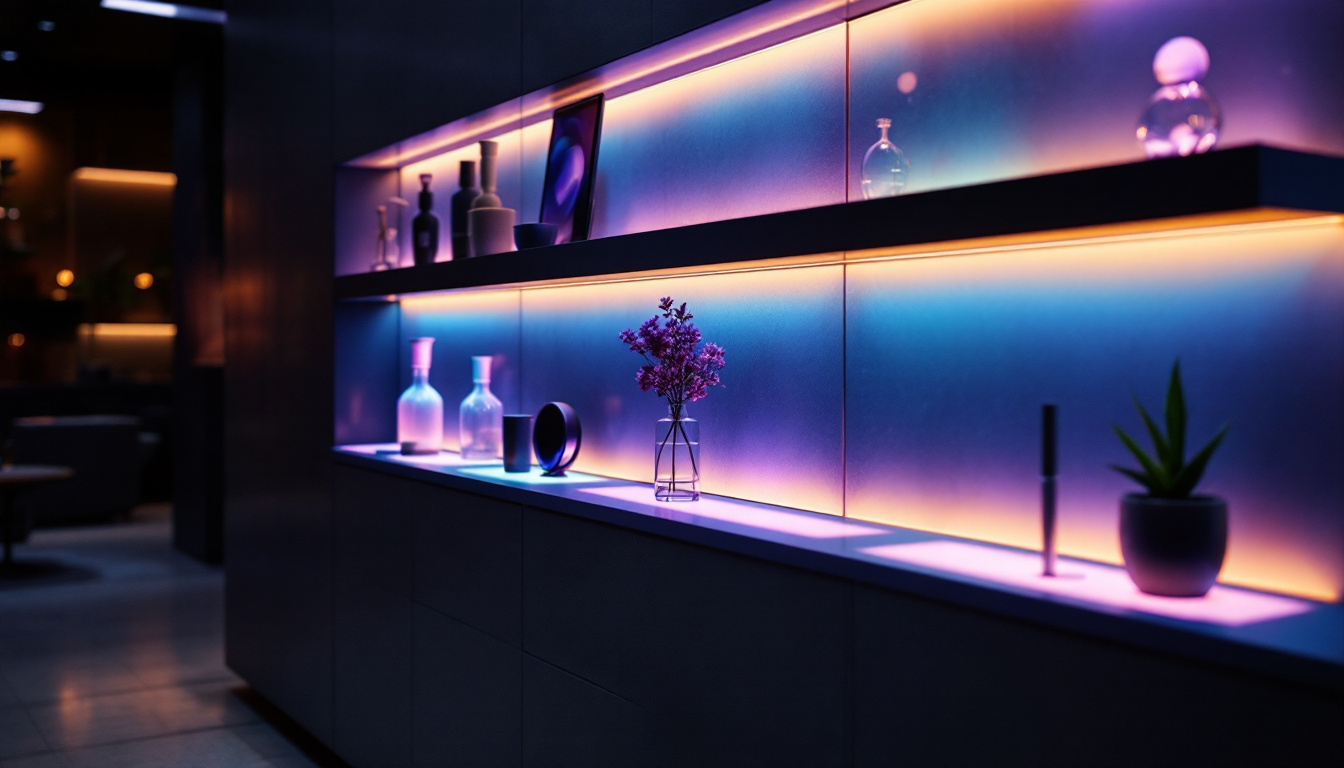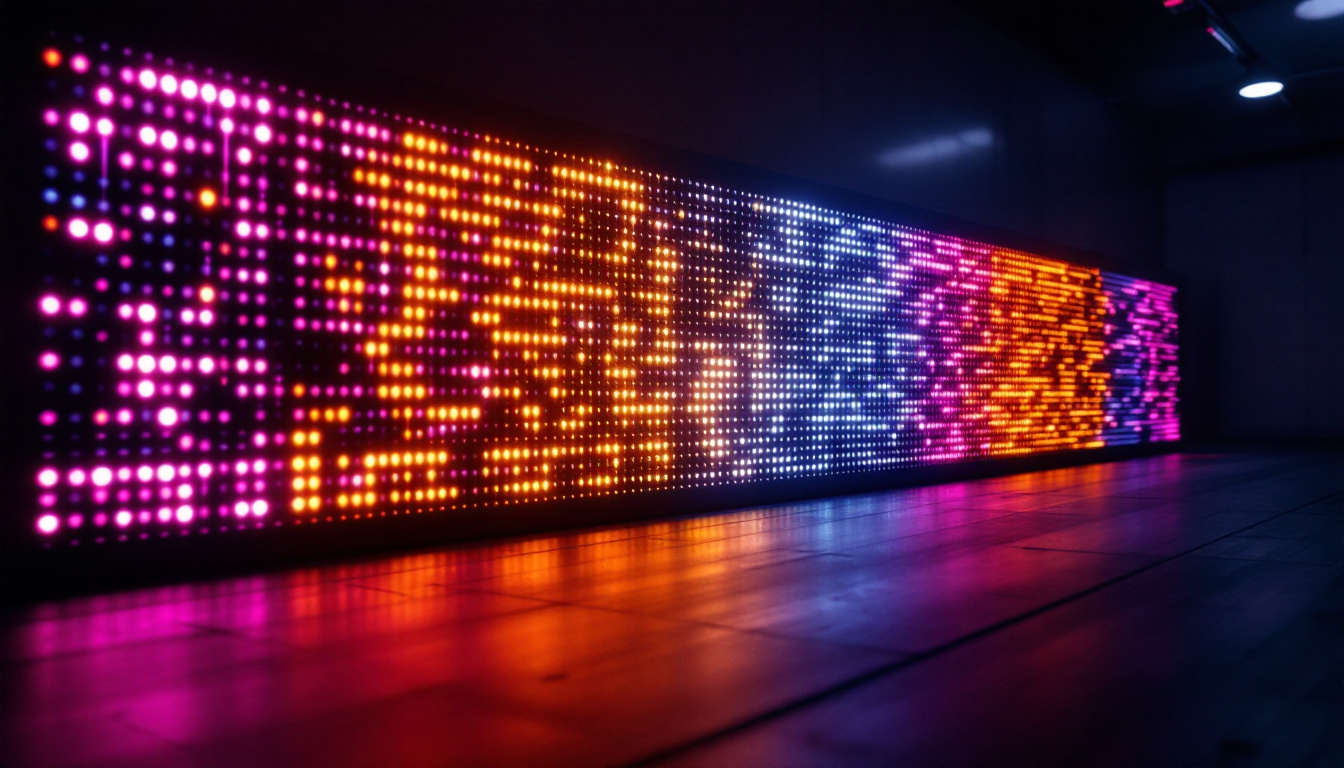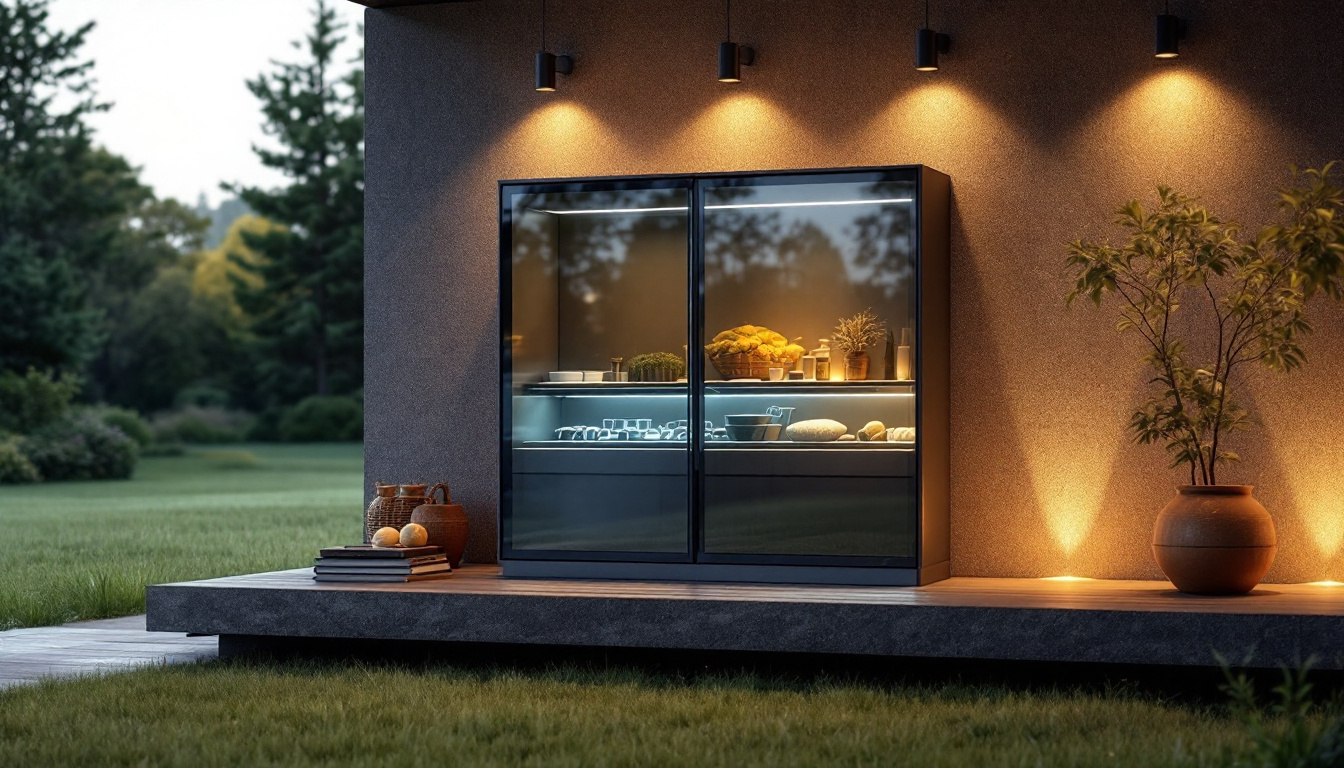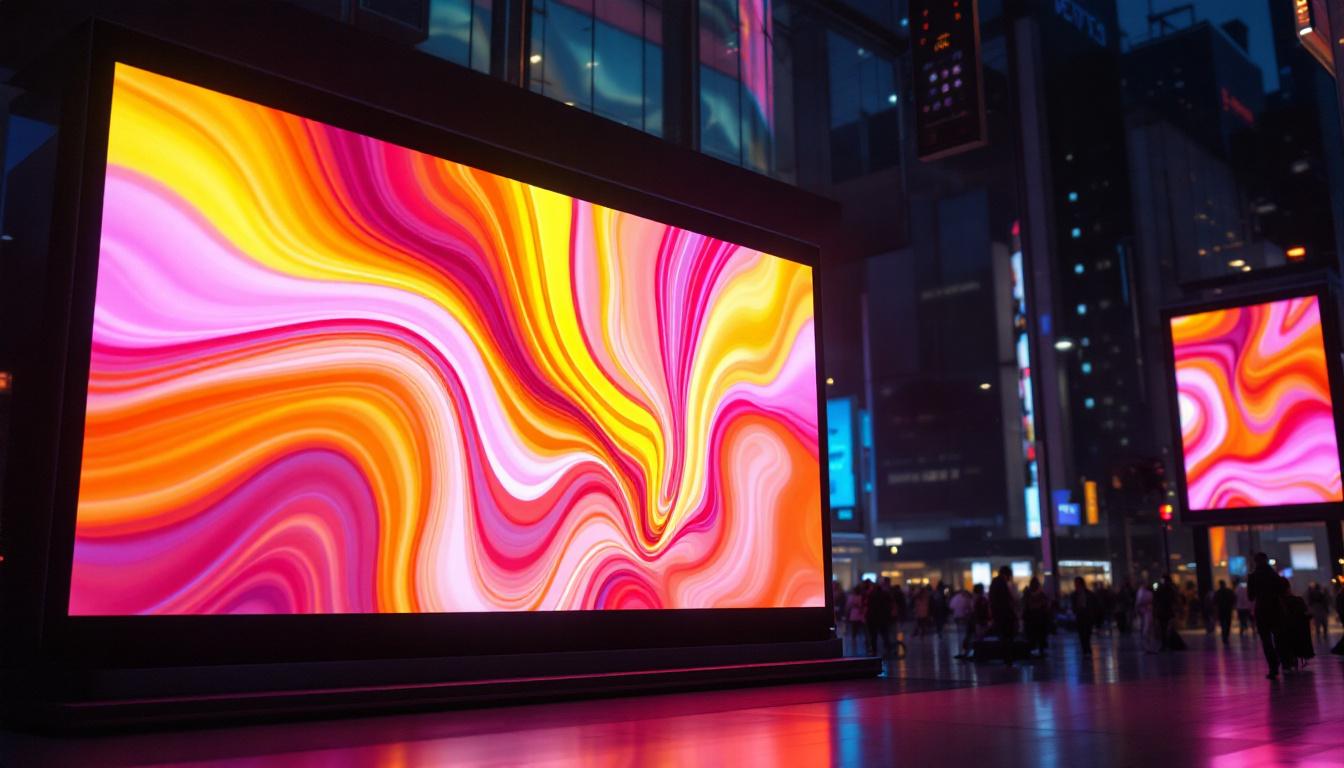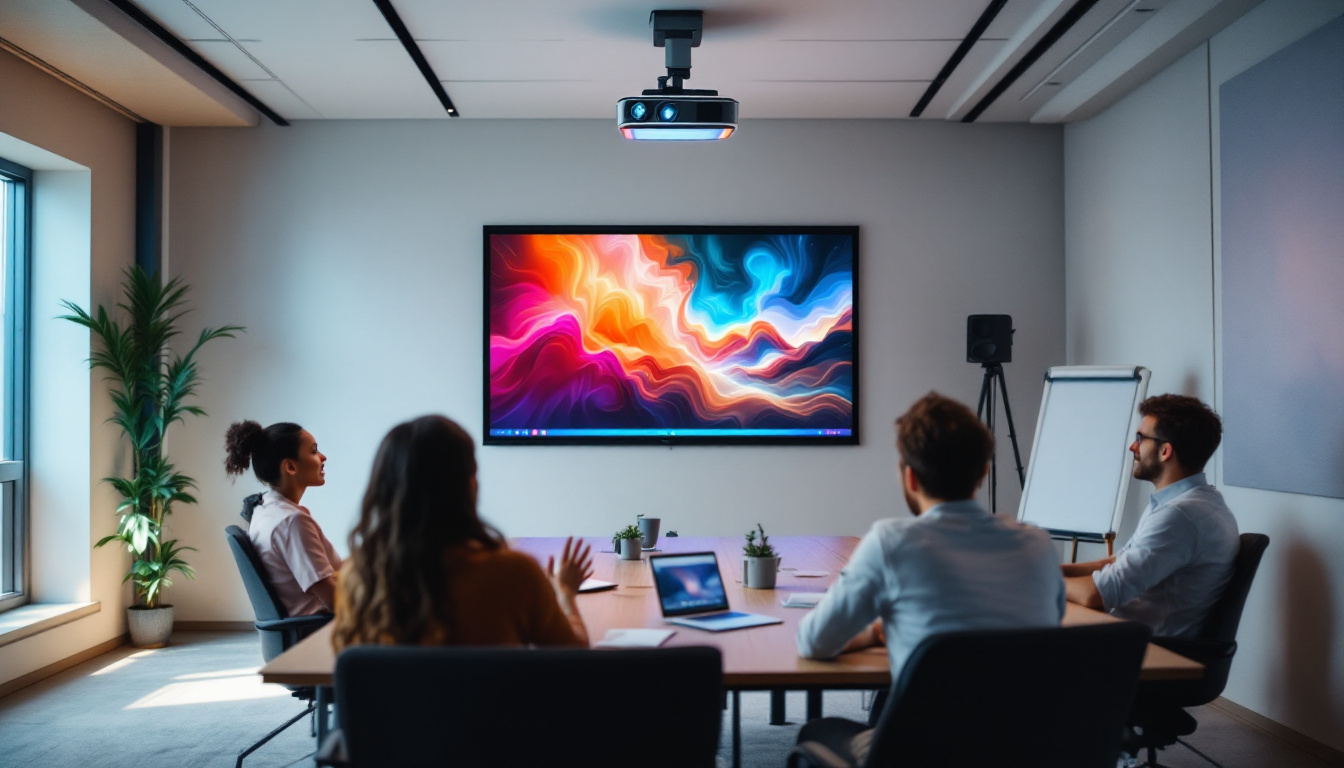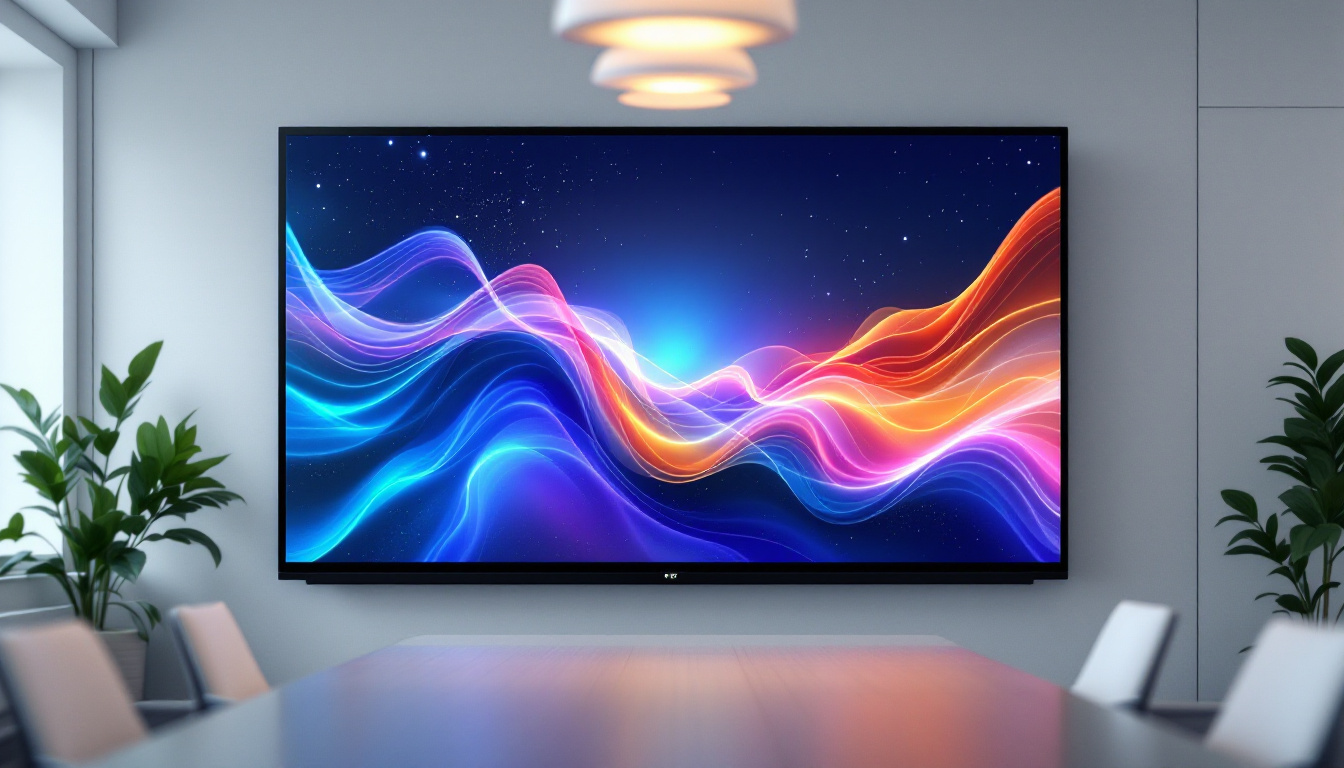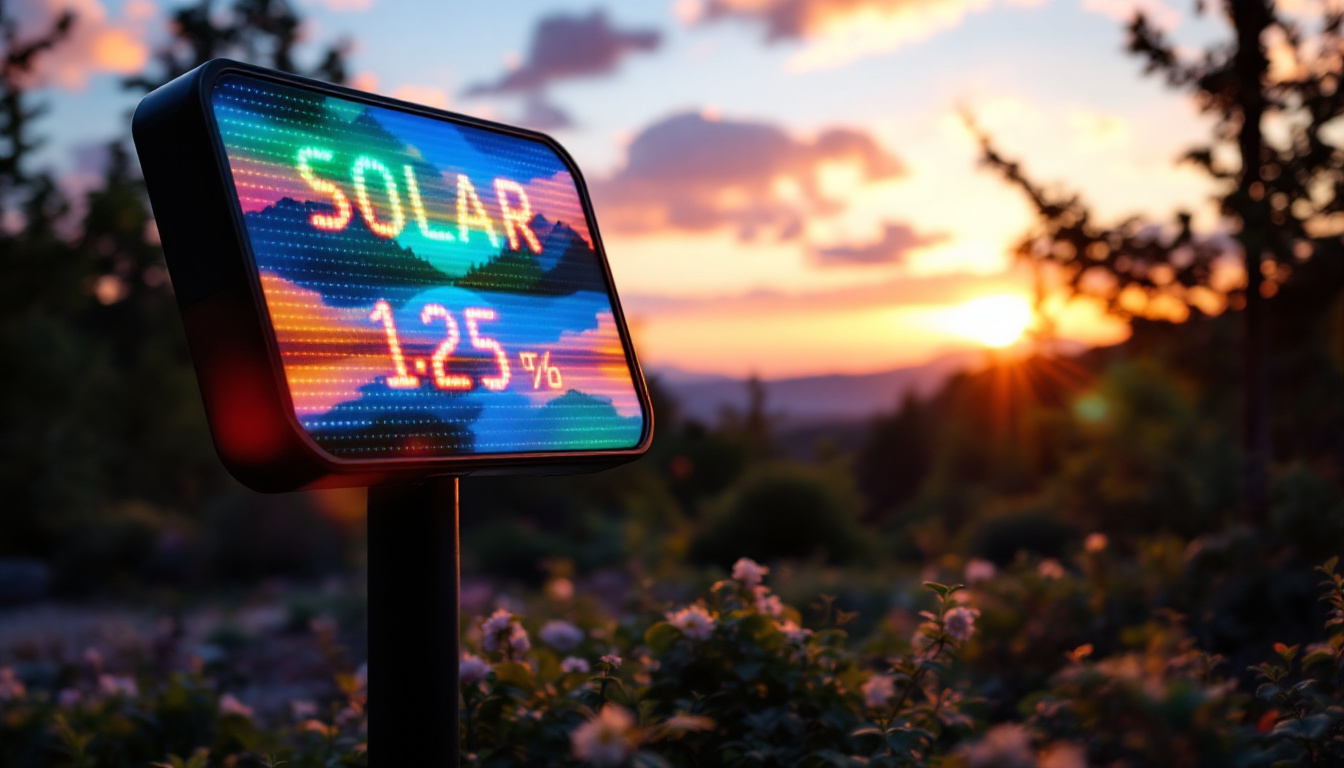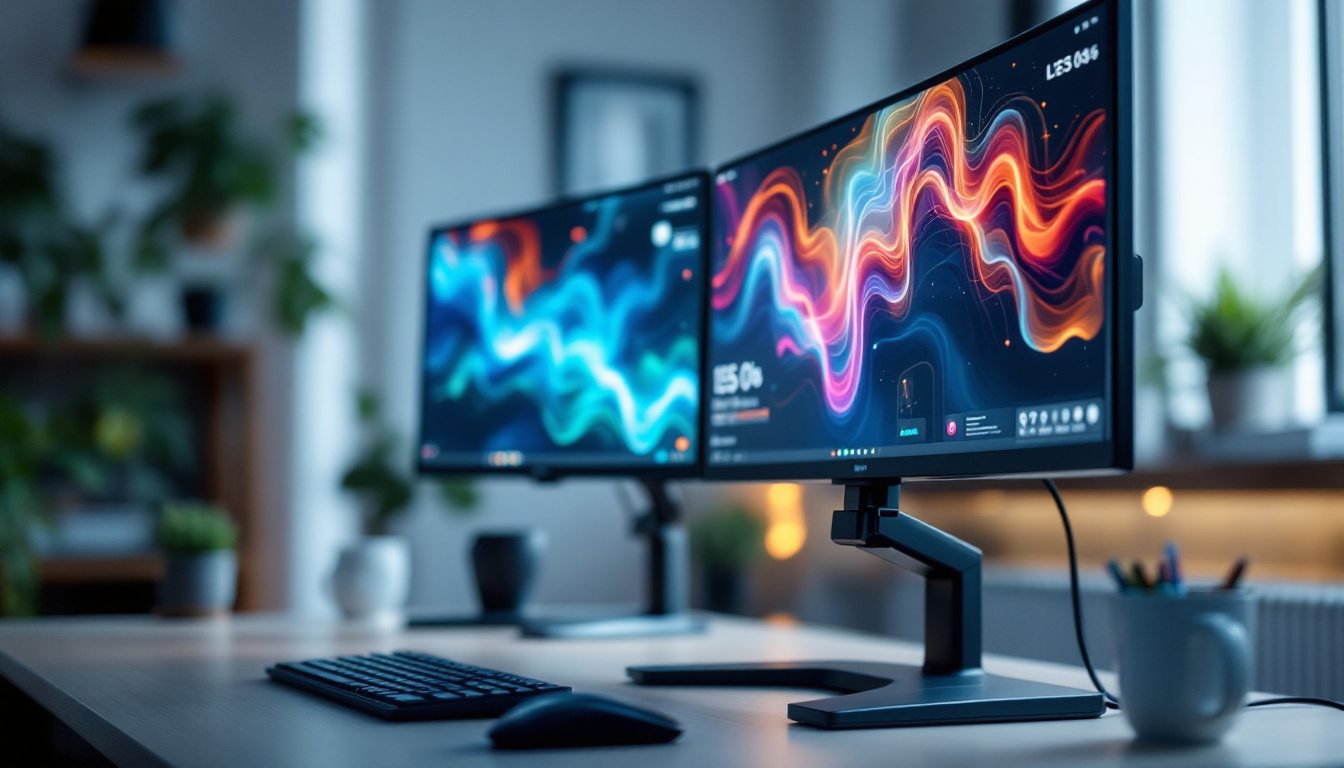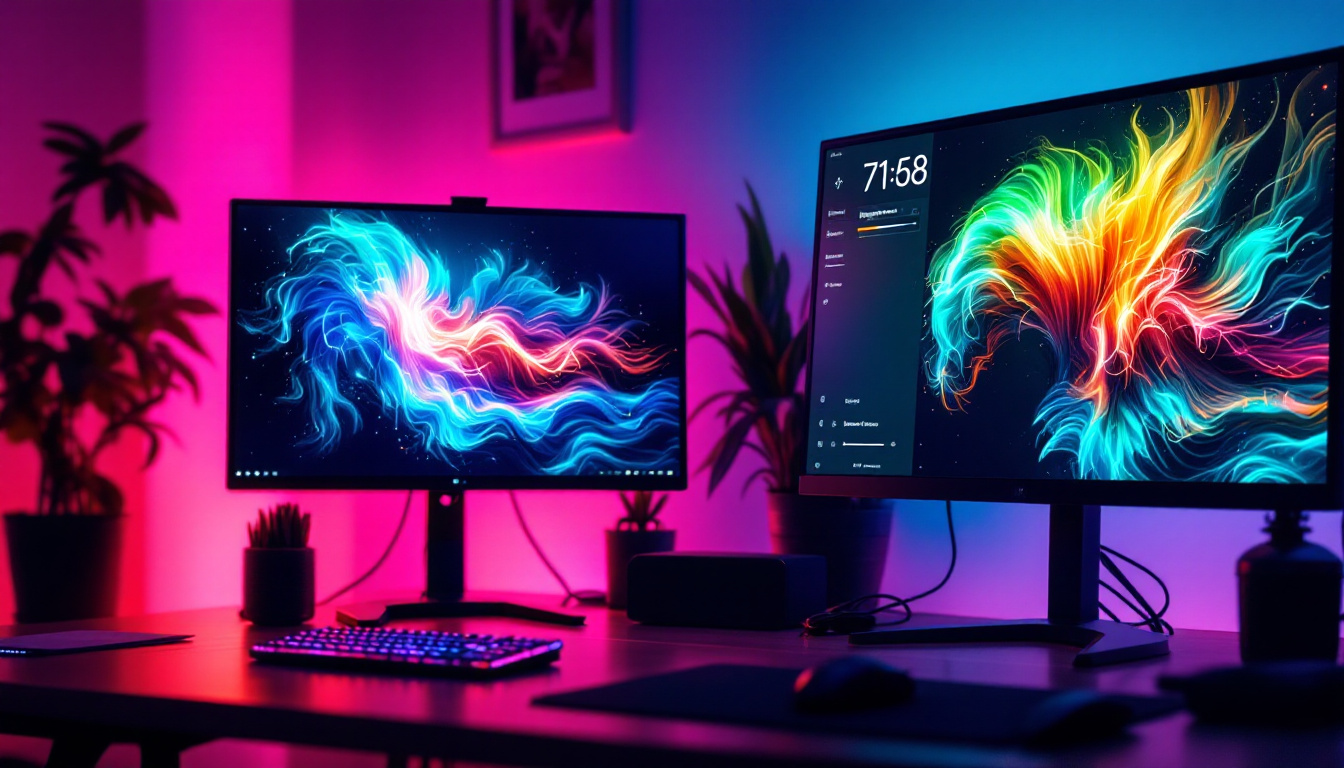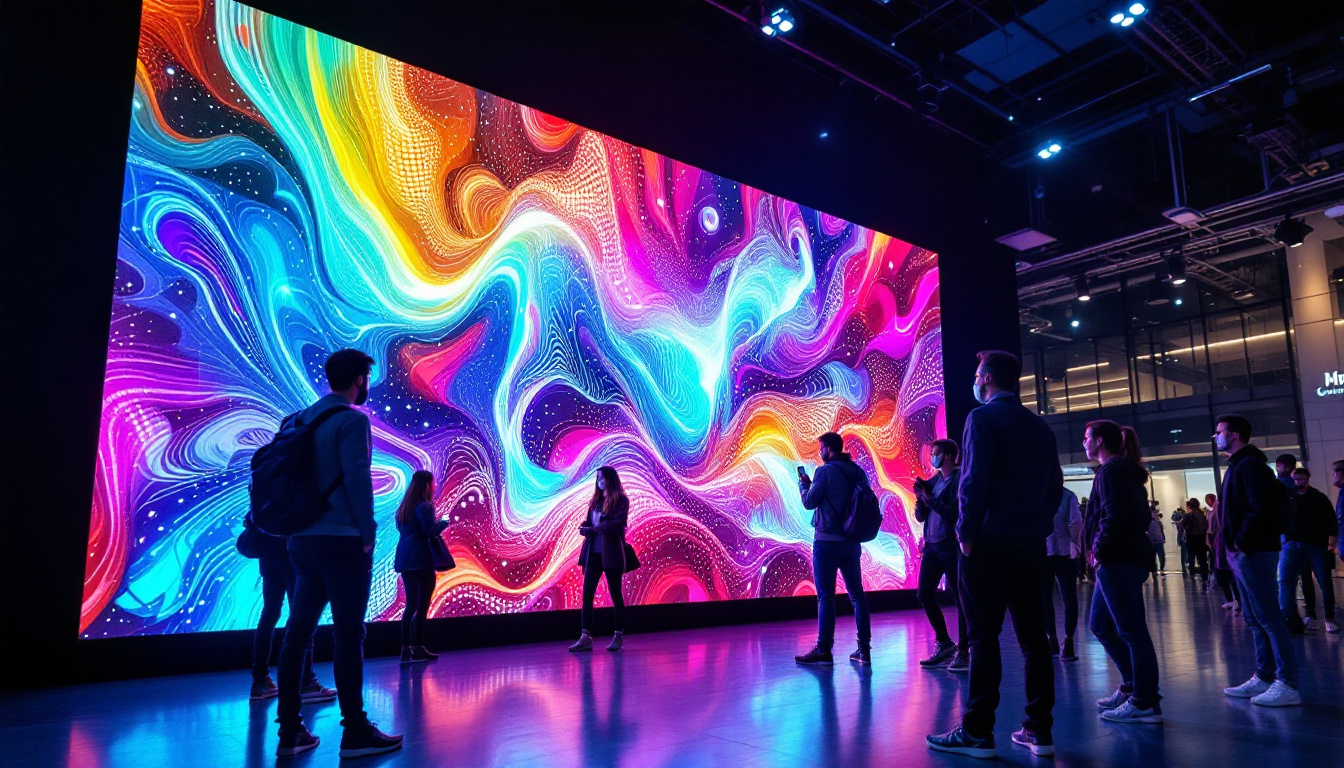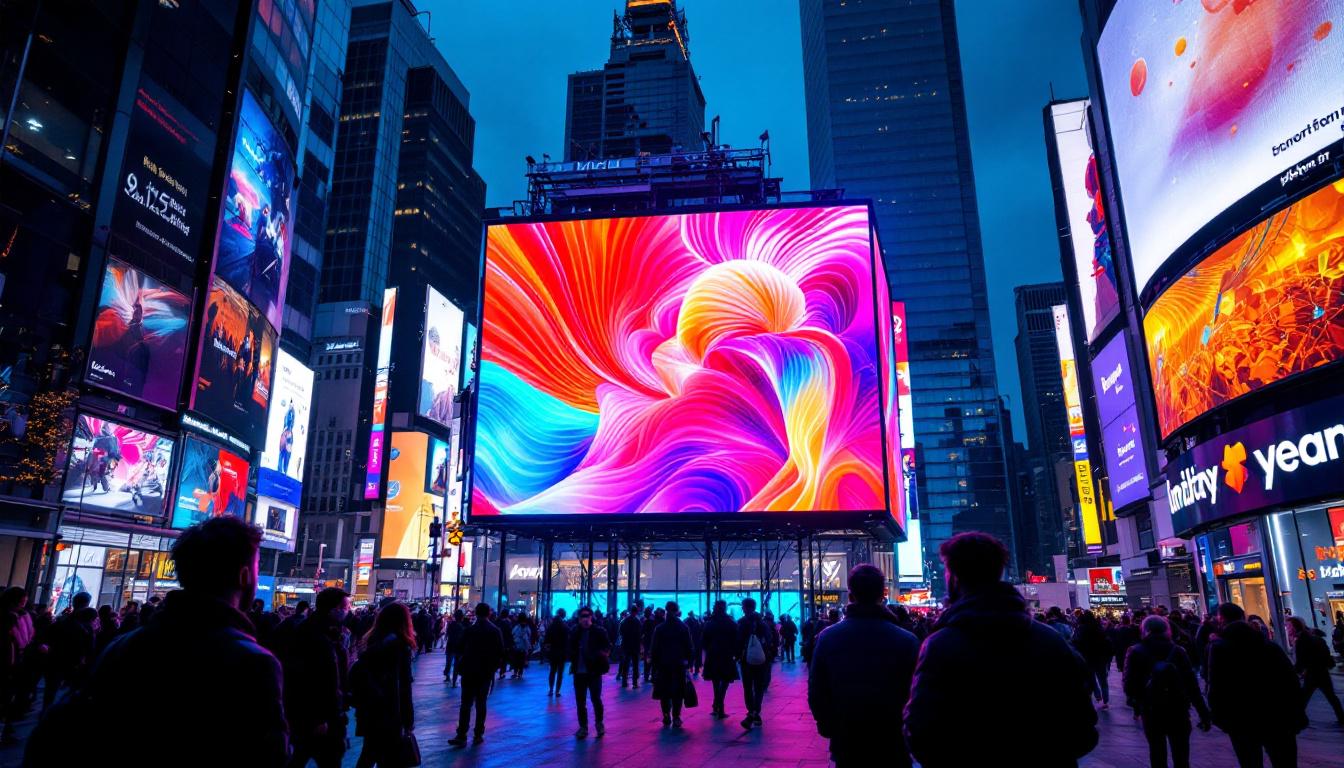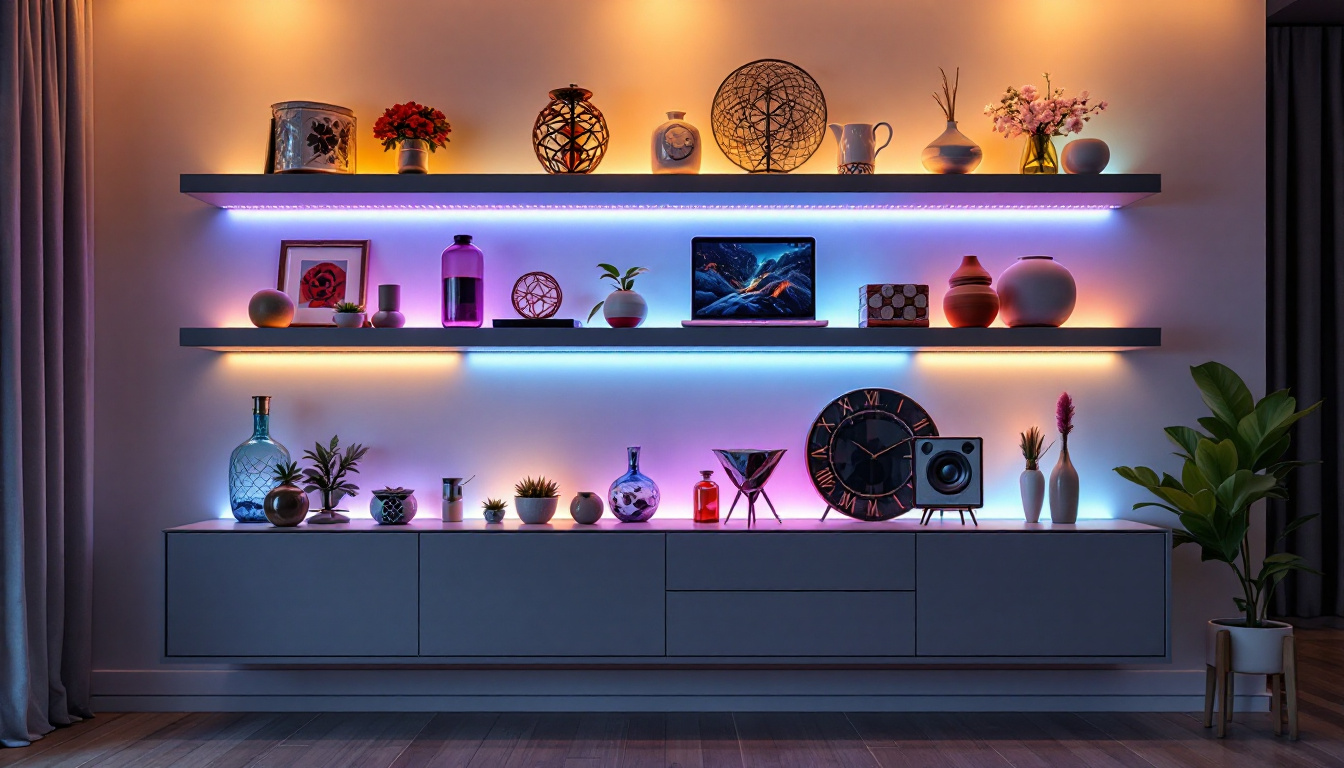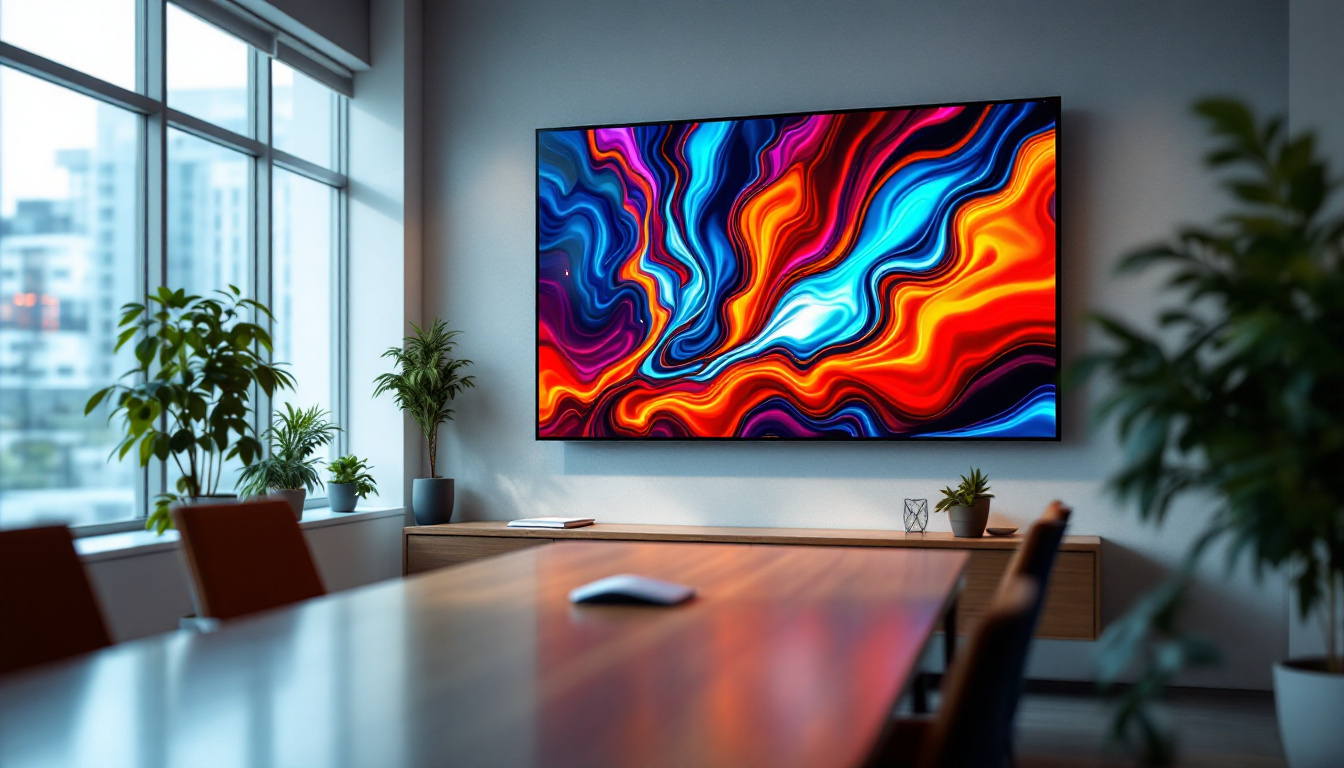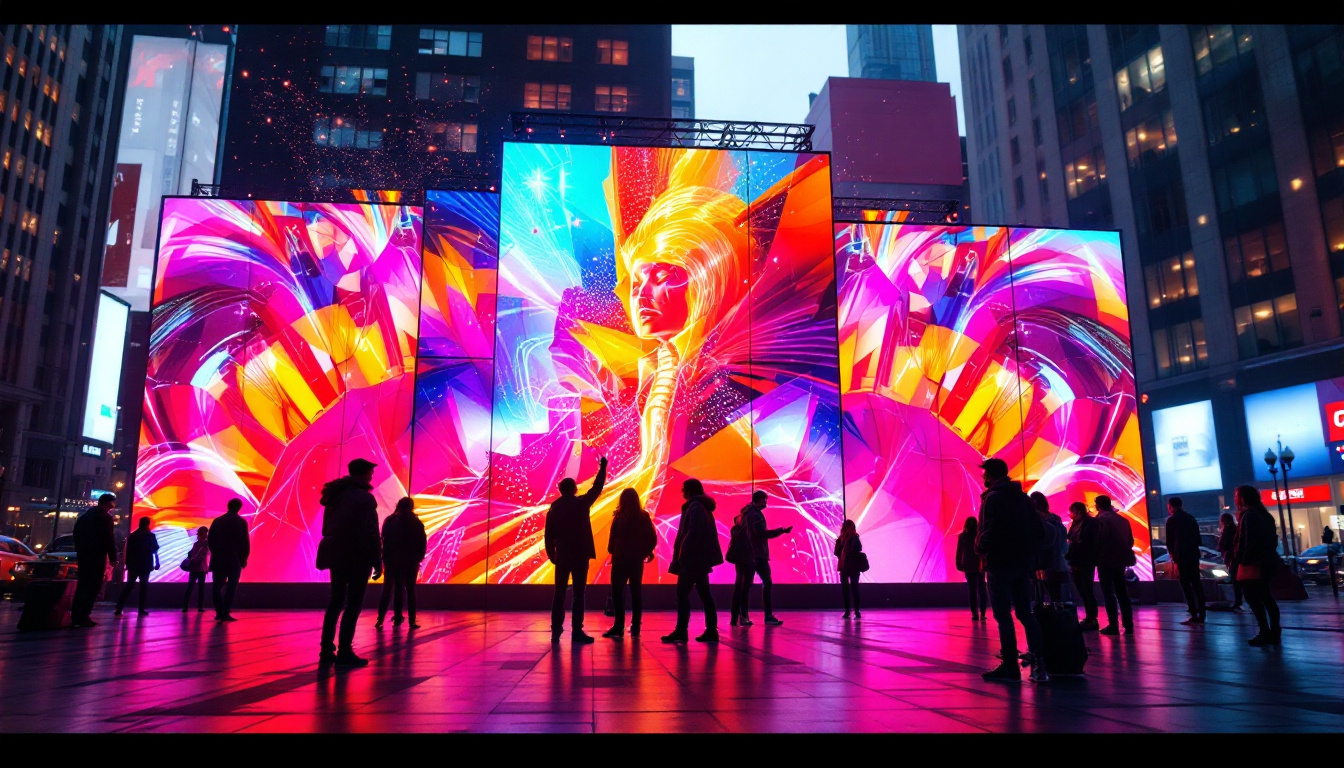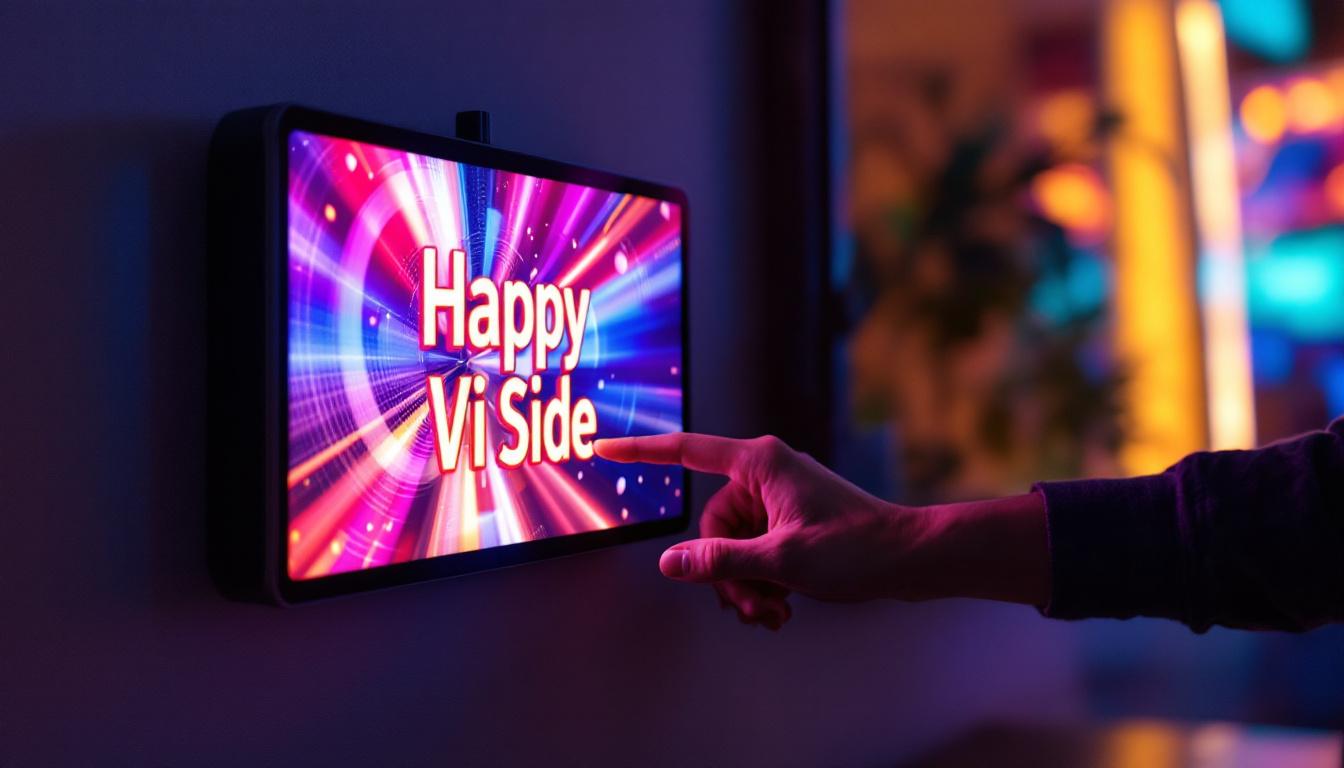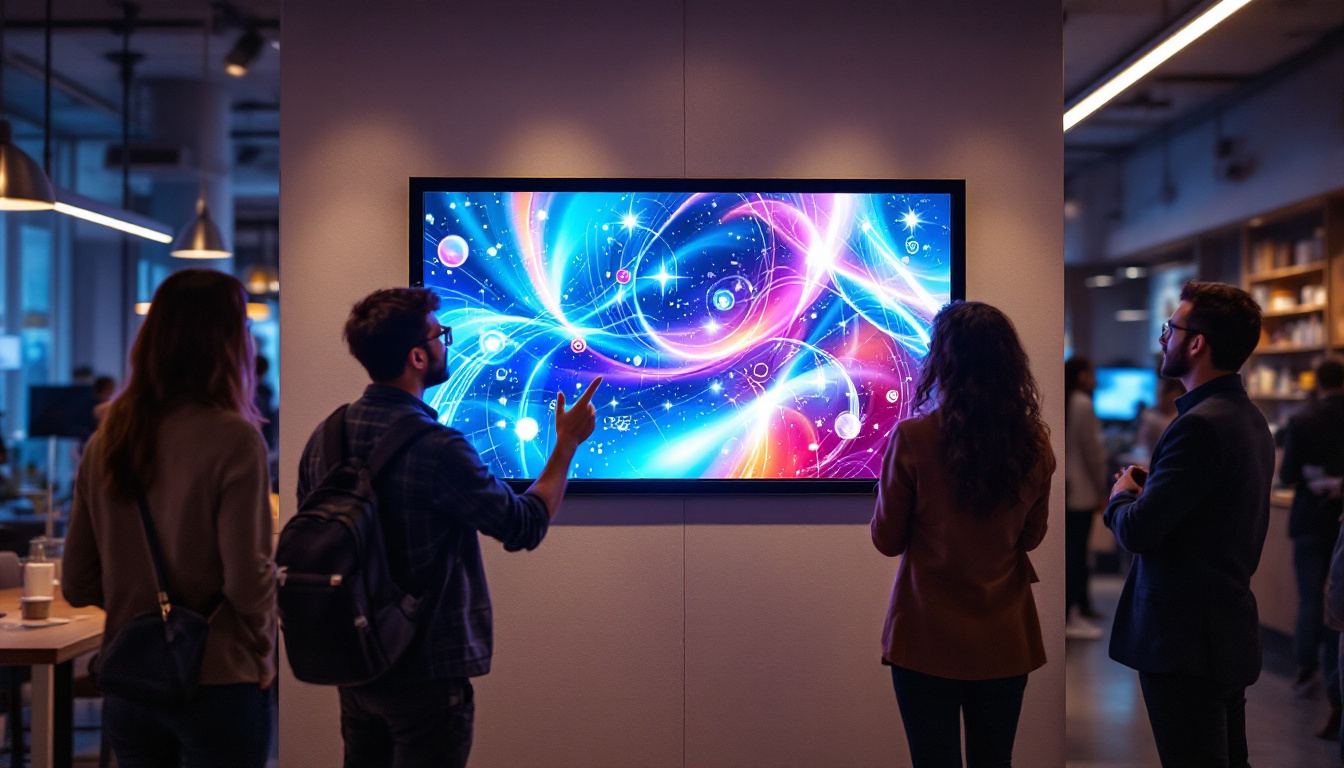In the world of modern advertising and entertainment, LED displays have become a staple. Among the various types of LED displays, screen mesh technology stands out for its unique characteristics and applications. This article delves into what screen mesh is, how it works, its benefits, and its various applications in different industries.
What is Screen Mesh Technology?
Screen mesh technology refers to a type of LED display that utilizes a mesh-like structure to create a lightweight and flexible screen. Unlike traditional solid LED panels, screen mesh displays consist of a grid of LED lights mounted on a mesh substrate. This design allows for increased airflow and reduced wind resistance, making them ideal for outdoor installations.
Structure and Composition
The construction of screen mesh displays typically involves a combination of LED modules and a lightweight mesh framework. The mesh is often made from materials such as fiberglass or polyester, which provide durability while maintaining a low weight. This structure allows for easy installation and dismantling, making it a popular choice for temporary events and long-term displays alike.
The LED modules are strategically placed on the mesh to ensure optimal visibility and brightness. The spacing between the LEDs can vary, allowing for different resolutions and pixel pitches, which can be tailored to specific viewing distances and audience sizes. This adaptability makes screen mesh technology suitable for a wide range of applications, from large-scale concerts and festivals to advertising displays in urban environments.
How Screen Mesh Works
Screen mesh displays operate on the same principles as traditional LED screens, utilizing a series of diodes that emit light when an electrical current passes through them. The mesh structure, however, enhances the display’s performance in certain environments.
Due to the open design, screen mesh displays can effectively reduce the buildup of heat, which is a common issue with solid LED panels. This feature not only prolongs the lifespan of the LEDs but also ensures consistent performance even in high-temperature conditions. Additionally, the mesh allows for better airflow, reducing the risk of moisture accumulation and enhancing the durability of the display. This is particularly beneficial in areas with high humidity or frequent rain, where traditional displays might suffer from damage or reduced visibility.
Moreover, the lightweight nature of screen mesh technology enables innovative installation options, such as hanging displays from structures or integrating them into architectural designs. This versatility opens up new creative avenues for designers and advertisers, allowing them to engage audiences in ways that were previously not possible. The ability to create large, eye-catching visuals without the constraints of bulky equipment means that brands can make a significant impact in crowded spaces, drawing attention from potential customers and enhancing the overall atmosphere of events.
Benefits of Screen Mesh Displays
Screen mesh technology offers a range of advantages that make it an appealing choice for various applications. Here are some of the key benefits:
Lightweight and Portable
One of the most significant advantages of screen mesh displays is their lightweight nature. This characteristic makes them easy to transport and install, which is particularly beneficial for events such as concerts, festivals, and trade shows. The portability of these displays allows for quick setup and takedown, saving time and labor costs. Additionally, their compact design means that they can be easily stored when not in use, making them an ideal solution for businesses that require flexibility in their advertising strategies.
Enhanced Visibility
Screen mesh displays are designed to provide excellent visibility, even in bright outdoor conditions. The mesh structure allows for a higher level of light transmission, which enhances the brightness of the displayed content. This feature is crucial for outdoor advertising, where competing with natural light is essential for capturing audience attention. Furthermore, the design of these displays minimizes glare, ensuring that the content remains clear and legible from various angles, which is particularly important in crowded environments where viewers may be moving around.
Durability and Weather Resistance
Given their outdoor applications, screen mesh displays are built to withstand various weather conditions. The materials used in their construction are often resistant to UV rays, rain, and wind, ensuring that the display remains functional and visually appealing over time. This durability makes them a cost-effective investment for businesses looking for long-term advertising solutions. Moreover, the robust design of screen mesh displays means they can endure the rigors of outdoor use without compromising on performance, making them a reliable choice for companies that need to maintain a consistent presence in the market.
Versatility in Design
Another compelling benefit of screen mesh displays is their versatility in design. They can be customized to fit a wide range of shapes and sizes, allowing businesses to create unique and eye-catching installations that align with their branding. This adaptability means that whether a company needs a large backdrop for a festival or a smaller display for a pop-up event, screen mesh technology can accommodate those needs. Additionally, the ability to print high-resolution graphics on these displays ensures that brands can convey their messages effectively while maintaining visual appeal.
Eco-Friendly Options
In today’s environmentally conscious market, many manufacturers are producing screen mesh displays using sustainable materials and processes. This eco-friendly approach not only reduces the carbon footprint associated with production but also appeals to consumers who prioritize sustainability in their purchasing decisions. By opting for screen mesh displays, businesses can promote their commitment to environmental responsibility while still benefiting from the high-quality performance that these displays offer. This alignment with green practices can enhance brand reputation and foster customer loyalty, making it a strategic choice for modern companies.
Applications of Screen Mesh Displays
Screen mesh technology has found its way into numerous industries, thanks to its versatility and effectiveness. Here are some of the most common applications:
Outdoor Advertising
One of the primary uses of screen mesh displays is in outdoor advertising. Businesses utilize these displays to promote products and services in high-traffic areas, such as shopping districts, stadiums, and concert venues. The ability to create large, eye-catching visuals makes screen mesh an effective medium for reaching potential customers.
Additionally, the flexibility of the mesh allows for creative designs that can be customized for specific campaigns, further enhancing the impact of the advertisements.
Events and Entertainment
Screen mesh displays are widely used in the events industry, particularly for concerts, festivals, and sporting events. Their lightweight design enables easy transportation and installation, while the high visibility ensures that audiences can enjoy the visuals from various angles and distances.
Event organizers often use screen mesh displays to showcase live performances, sponsor advertisements, and interactive content, creating an immersive experience for attendees.
Architectural Integration
In recent years, screen mesh displays have also gained popularity in architectural applications. They can be integrated into building facades, allowing for dynamic lighting and advertising opportunities without compromising the structural integrity of the building. This integration can transform ordinary structures into visually striking landmarks, enhancing the aesthetic appeal of urban environments.
Challenges and Considerations
While screen mesh technology offers numerous benefits, there are also challenges and considerations to keep in mind when implementing these displays.
Resolution Limitations
One of the main challenges associated with screen mesh displays is their resolution limitations. Due to the spacing of the LEDs, the pixel pitch can be larger than that of traditional LED panels, which may result in lower image quality when viewed up close. This limitation makes screen mesh displays more suitable for applications where viewers are at a distance, such as large outdoor events or billboards.
Installation and Maintenance
Although screen mesh displays are lightweight and portable, their installation can still be complex. Proper rigging and support structures are essential to ensure safety and stability, especially in windy conditions. Additionally, regular maintenance is necessary to keep the displays functioning optimally, which may require specialized knowledge and equipment.
Future Trends in Screen Mesh Technology
As technology continues to evolve, screen mesh displays are likely to see advancements that enhance their capabilities and applications. Here are a few trends to watch for in the coming years:
Improved Resolution
With ongoing advancements in LED technology, it is expected that screen mesh displays will see improvements in resolution and pixel density. This enhancement will allow for closer viewing distances without sacrificing image quality, expanding the potential applications of screen mesh technology.
Integration with Smart Technologies
As smart technology becomes increasingly prevalent, screen mesh displays may also integrate with IoT devices and AI systems. This integration could enable real-time content updates, audience engagement features, and data-driven advertising strategies, making screen mesh displays even more effective for businesses.
Sustainability Initiatives
With growing concerns about environmental sustainability, the LED display industry is likely to focus on eco-friendly materials and energy-efficient technologies. Screen mesh displays may adopt more sustainable practices in their production and operation, appealing to environmentally conscious consumers and businesses.
Conclusion
Screen mesh technology represents a significant advancement in LED display solutions, offering a unique blend of portability, visibility, and durability. Its applications in outdoor advertising, events, and architectural integration highlight its versatility and effectiveness in various industries. While challenges such as resolution limitations and installation complexities exist, ongoing advancements in technology promise to enhance the capabilities of screen mesh displays further.
As businesses and organizations continue to seek innovative ways to engage audiences, screen mesh displays will undoubtedly play a vital role in shaping the future of visual communication. Whether it’s capturing attention in a bustling city or creating an immersive experience at an event, screen mesh technology stands poised to make a lasting impact in the world of LED displays.
Discover LumenMatrix’s Innovative LED Display Solutions
Ready to elevate your visual communication strategy with cutting-edge screen mesh technology? LumenMatrix is at the forefront of LED display innovation, offering a diverse range of solutions tailored to your needs. From captivating Indoor and Outdoor LED Wall Displays to dynamic Vehicle and Sports Displays, our products are designed to make your brand stand out. Experience the future of digital signage with our Custom, All-in-One, and Transparent LED Displays. Check out LumenMatrix LED Display Solutions today and transform how you engage with your audience.


